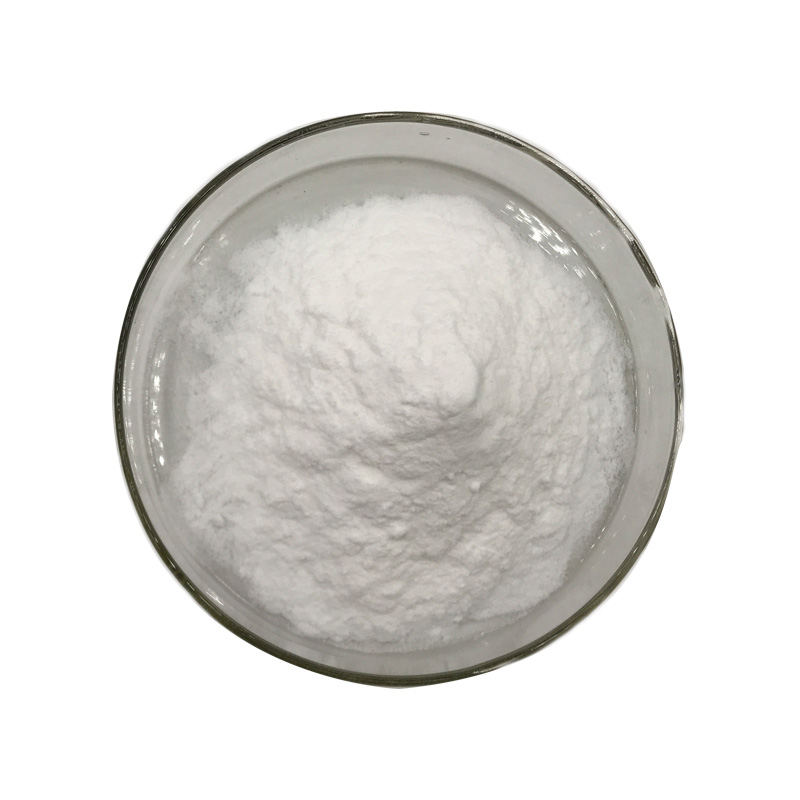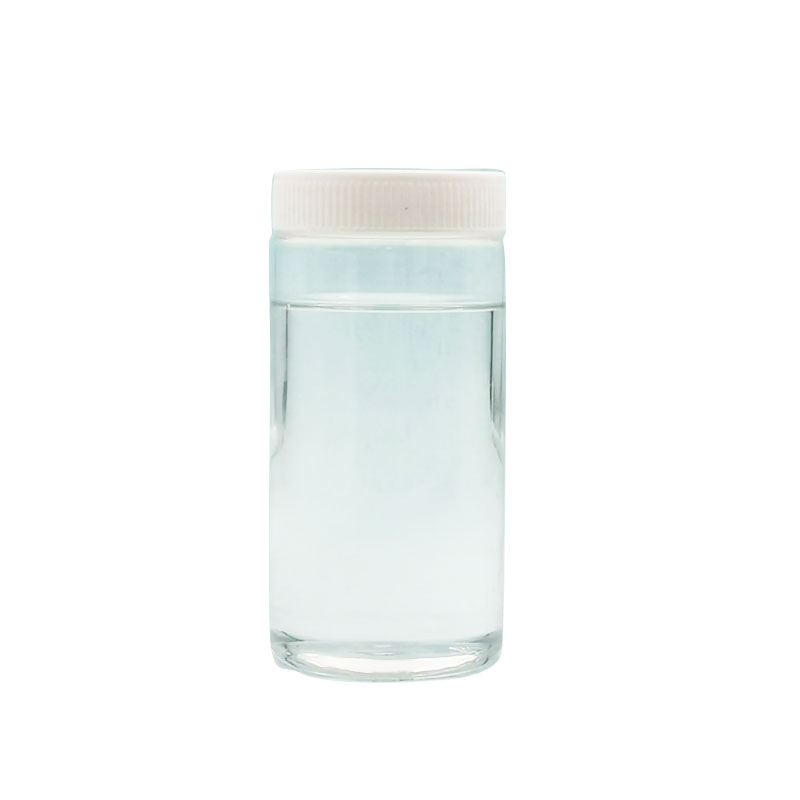Products Description of Glycerol formal CAS#4740-78-7Glycerol acetal (GF) is a light glycerol acetal composed of about 60% 5-hydroxy-1,3-dioxane and about 40% 4-hydroxymethyl-1,3-dioxane. Glycerol reacts with formaldehyde in the presence of an acidic catalyst to produce acetone.
Contact Now
Products Description of Glycerol triglycidyl ether CAS#13236-02-7Glycidyl ethers include allyloxyepoxypropane, diglycidyl ether, isopropyl glycidyl ether, butoxye-popropane, diglyeidyl ether (EP-562) and epoxphenoxypropane, etc. They are a group of substances with similar chemical properties and toxic effects. They are colorless liquids with some pungent odors. They have low acute toxicity when in contact with the mouth and skin, and moderate toxicity when in contact with the respiratory tract. They mainly act on the nervous system.
Contact Now
Glycerol CAS#56-81-5Discover the power of Glycerin (CAS#56-81-5), also known as vegetable glycerine or liquid glycerol, a key component in a wide array of industries.
Contact Now
Products Description of Pancreatin CAS#8049-47-6Pancreatin is a digestive aid, mainly containing trypsin, amylase and lipase. Trypsin can convert protein into peptone, amylase can convert starch into dextrin and sugar, and lipase can decompose fat into glycerol and fatty acids. It is more active under neutral or weakly alkaline conditions.
Contact Now
Products Description of Decanoyl octanoyl-glycerides CAS#65381-09-1Glyceryl caprylate, also known as GTCC, is a mixed triester of glycerol and medium-carbon fatty acids in vegetable oils. It is a colorless, odorless, low-viscosity lipophilic emollient with extremely high antioxidant properties. In cosmetics, GTCC can replace a variety of oils and fats as an emollient and fat-enriching agent, and can also be added as a carrier and diluent to active preparations or conditioners such as sterols.
Contact Now
Products Description of Methoxypolyethylene glycols CAS#9004-74-4Polyethylene glycol monomethyl ether is a derivative of polyethylene glycol. It is soluble in water, ethanol and most highly polar organic solvents. It is less volatile than glycerol, has stable chemical properties, is not easily hydrolyzed and destroyed, and has strong hydrophilicity. It has low vapor pressure and is stable to heat. It is used as a thickener and lubricant in the textile printing and dyeing industry and the daily chemical industry.
Contact Now
Products Description of Imidazolidinyl urea CAS#39236-46-9White flowing powder, hygroscopic, odorless or with a slight characteristic odor, easily soluble in water, soluble in propylene glycol and glycerin, and hardly soluble in ethanol.Imidazolidinyl urea Chemical PropertiesMelting point 141-143℃Boiling point 514.04°C (rough estimate)density 1.4245 (rough estimate)vapor pressure 0Pa at 25℃refractive index 1.6910 (estimate)storage temp. 2-8°Csolubility Soluble in water and in glycerol, but insoluble in almost all organic solvents.pka7.41±0.10(Predicted)f
Contact Now
Products Description of Guaifenesin CAS#93-14-1Guaifenesin, also known as methyl glyceryl benzene diether, guaifenesin, guaifenesin glycerol ether, and glyceryl guaifenesin, is a stimulating expectorant. After oral administration, it can stimulate the gastric mucosa, reflexively cause increased secretion of bronchial mucosal glands, reduce the viscosity of sputum, and make sticky sputum easier to cough up. It is suitable for treating people with a lot of sputum that is difficult to cough up.
Contact Now
Products Description of Zinc sulphate CAS#7733-02-0Zinc sulfate (zincsulfate; ZnSO4), also known as alum, zinc alum, is colorless or white rhombic crystal or powder at room temperature, astringent, easily soluble in water, and its aqueous solution is acidic. It is slightly soluble in ethanol and glycerol. Pure zinc sulfate does not turn yellow when stored in the air for a long time, and loses water in dry air to become white powder.
Contact Now
Products Description of Chlorobutanol CAS#57-15-8Colorless crystals. There are two types of crystals: containing half molecular crystal water and anhydrous. The melting point of the containing half molecular crystal water type is 78℃, slightly soluble in water (1:250), easily soluble in ethanol (1:1), glycerol (1:10), ether, chloroform and volatile oil. The melting point of the anhydrous type is 97℃, the boiling point is 167℃, and the 135℃ (32.7kPa).
Contact Now
Glycerin For Skin CAS#56-81-5 discover the power of Glycerin (CAS#56-81-5), also known as vegetable glycerine or liquid glycerol, a key component in a wide array of industries.
Contact Now
Products Description of Sodium perborate tetrahydrateCAS#10486-00-7 White monoclinic crystalline particles or powder. Melting point 63℃. Soluble in acid, alkali and glycerol, slightly soluble in water, the solution is alkaline (pHl0~11), the aqueous solution is unstable and easily releases active oxygen. In cold and dry air, sodium perborate with higher purity is more stable. Decomposes at 40℃ or in humid air and releases oxygen. Dissolves in its own crystal water at 63℃ and decomposes to form a sticky solid mass. Loses 3 crystal waters at above 70℃ to form a monohydrate.
Contact Now
Ethylene glycol CAS#107-21-1It is colorless obvious viscous liquid with candy style and moisture absorption capability. It is additionally miscible with water, low-grade aliphatic alcohols, glycerol, acetic acid, acetone, ketones, aldehydes, pyridine and comparable coal tar bases.
Contact Now
Products Description of Sodium sulfate CAS#7757-82-6Sodium sulfate is an important chemical raw material and the main raw material for producing chemical products such as sodium sulfide and sodium silicate. Sodium sulfate is also called glauber's salt, anhydrous sodium sulfate, and anhydrous sodium sulfate. White monoclinic crystals are fine crystals or powders. Relative density is 2.68, melting point is 884℃. Soluble in water, and the aqueous solution is neutral. Soluble in glycerol, insoluble in ethanol, exposed to air, it easily absorbs water to become hydrated sodium sulfate.
Contact Now
Products Description of Glycerine CAS#56-81-5Glycerin is an important basic organic raw material. It is widely used in industry, medicine and daily life. Currently, it has about 1,700 uses. It is mainly used in medicine, cosmetics, alkyd resin, tobacco, food, Chemicalbook acid resin, and celluloid. and explosives, textile printing and dyeing, etc. Glycerol consumption in areas such as alkyd resins, celluloids and explosives is on a downward trend. However, its applications in medicine, cosmetics, and food will continue to grow. It can form a nutrient source after hydrolysis in the body.
Contact Now
Epichlorohydrin CAS# 106-89-8Epichlorohydrin is a sort of organochlorine compound as properly as epoxide. It can be used as an industrial solvent. It is a exceptionally reactive compound, and can be used for the manufacturing of glycerol, plastics, epoxy glues and resins, and elastomers. It can additionally be used for the manufacturing of glycidyl nitrate and alkali chloride, used as the solvent of cellulose, resins, and paint as properly as being used as an insect fumigant.
Contact Now
Products Description of Chromic chloride hexahydrate CAS#10060-12-5Purple monoclinic crystal. Relative density 1.76. Melting point 83℃. Soluble in water, ethanol, slightly soluble in acetone, insoluble in ether. Deliquescent. Toxic!Chromic chloride hexahydrate Chemical PropertiesMelting point 83 °Cdensity 1.76 g/mL at 25 °C(lit.)storage temp. Inert atmosphere,Room Temperaturesolubility Methanol (Slightly), Water (Slightly)form Powder/SolidSpecific Gravity1.76color Reddish-violetPH2.0-3.0Water Solubility Soluble in water and alcohol.
Contact Now
Products Description of Iridium(III) chloride hydrateCAS#14996-61-3Green crystals or brown powder, easily absorbs moisture, dissolves in water and hydrochloric acid, loses crystal water when exposed to strong heat.Iridium(III) chloride hydrate Chemical PropertiesMelting point 763°C (dec.)density 5.3 g/mL at 25 °C(lit.)storage temp. Inert atmosphere,Room Temperaturesolubility 623.82g/l solubleform Crystalscolor BlackPH<2 (H2O, 20℃)Aqueous solutionWater Solubility Soluble in water and alcohol.Merck 14,5088Stability:hygroscopicInChIIn
Contact Now
Products Description of Benzyltrimethylammonium chloride CAS#56-93-9Benzyltrimethylammonium chloride is a white to light yellow crystalline powder at room temperature and pressure, and has strong hygroscopicity.
Contact Now
Petroleum resins CAS#64742-16-1Petroleum resins is a complex combination of organic compounds, predominantly hydrocarbons, obtained as a fraction of the extract from solvent extraction of residuum.
Contact Now
Products Description of Ammonium dihydrogen phosphate CAS#7722-76-1Diammonium phosphate is a highly effective fertilizer widely used in vegetables, fruits, rice and wheat.Ammonium dihydrogen phosphate Chemical PropertiesMelting point 190 °C (dec.) (lit.)Boiling point 87.4 °Cdensity 1.02 g/mL at 20 °Cvapor pressure 0.066 hPa (125 °C)RTECS TC6587000storage temp. Inert atmosphere,Room Temperaturesolubility H2O: 0.1 M at 20 °C, clear, colorlessform SolidSpecific Gravity1.803color White or colorlessPH Range3.8 - 4.4PH3.
Contact Now
Products Description of D-(-)-ERYTHROSE CAS#583-50-6D-erythrose-4-phosphate is an intermediate in the enzymatic conversion of carbohydrates.D-(-)-ERYTHROSE Chemical PropertiesMelting point <25℃Boiling point 144.07°C (rough estimate)alpha D20 +1° -14.5° (3 days, c = 11)density 1.0500 (rough estimate)refractive index 1.498storage temp. 2-8°Csolubility Methanol, Waterform syruppka12.49±0.20(Predicted)color light yellowWater Solubility Fully miscible in water.Sensitive HygroscopicMerck 14,3690BRN 1721698CAS DataBase Reference
Contact Now
Products Description of Palmitoylethanolamide (PEA) CAS#544-31-0Palmitoylethanolamide (PEA) is an endogenous fatty acid amide that belongs to the class of nuclear factor agonists.
Contact Now
Products Description of Oxydipropyl dibenzoateCAS#27138-31-4Dipropylene glycol dibenzoate (DPGDB) is a highly soluble benzoate plasticizer, the main component of which is dipropylene glycol dibenzoate.
Contact Now


































